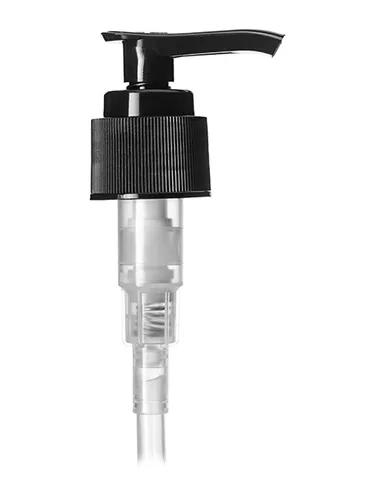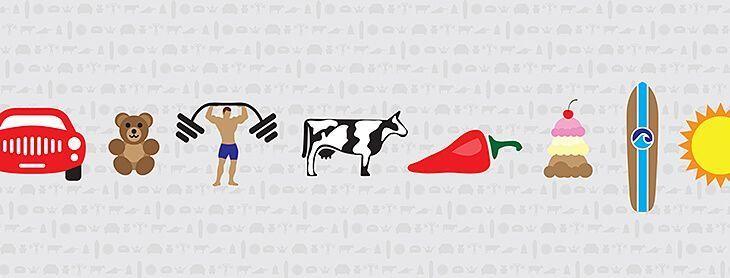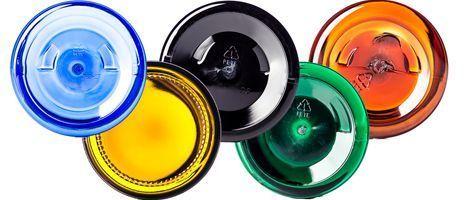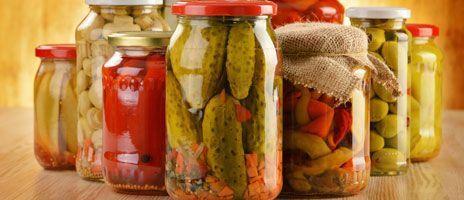How Stuff Works: Pumps and Sprayers Part 1


At Container & Packaging Supply, most of our products are pretty straightforward in their functionality. Take, for example, a Boston round bottle: it is a bottle with no moving parts. The most complicated thing about it is finding the correct closure. But a few of our products are more complex. So we are going to investigate the science of how these actually work.
The first mechanism in our How Stuff Works series is the pump. This device is used in many of our products, including mist sprayers and treatment pumps. We will first talk about the basics of using pumps, and then we will delve into the actual physics of this device.
Basics of Operating a Pump
If you've ever used a soap dispenser, you know how to operate a pump. You press the top down and soap comes out. When you first use the dispenser, though, you have to push the top down a few times before the soap comes out. This is because the pump is initially full of air, and needs to be filled with the soap before it can be dispensed. You also learn quickly that sprayers and pumps don't work if you turn them upside down. If your container is clear, you can see a tube running from the pump down to the bottom of the container. If the container is upside down, then the tube can't get any liquid in it. So keep your sprayer or pump upright for best results. If you are satisfied with these two pieces of information, then feel free to skip the next section. However, if you want to learn about how exactly a pump works, read on.

Physics of the Pump
Pumps are devices that move fluids from one place to another. They are used in thousands of different applications, and you use them every single day. The pumps used in sprayers and pumps at Container & Packaging Supply are called piston pumps, and are a type of reciprocating positive displacement pump. What those big words mean is that these pumps move liquid in one direction.
How do these pumps make sure that the liquid only goes one way? And what happens when you push the top of a pump down? Let's look closer into the anatomy of these little machines. Starting at the bottom, there is a dip tube. This is a long, flexible plastic tube that hangs out in the liquid. This is the tube we talked about earlier. Its open end must be in the liquid, or else it won't work.
The dip tube attaches to the bottom of the pump mechanism. Immediately above the dip tube is a valve. This valve prevents the liquid from flowing in the wrong direction. Valves come in different shapes and sizes. Some are simply small glass balls, while others are mushroom-shaped valves called poppets. Whatever shape they are, they have one function: block the liquid from going back down the tube.
If your brain is starting to get a little bit overloaded, take a break until next time. Go browse through the pumps and sprayers, and process what you've learned. Next time, we'll finish up what we started and learn exactly how these devices work.




